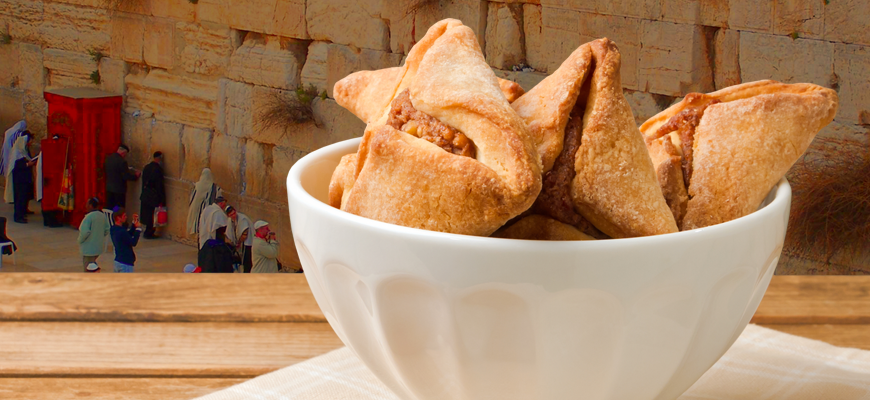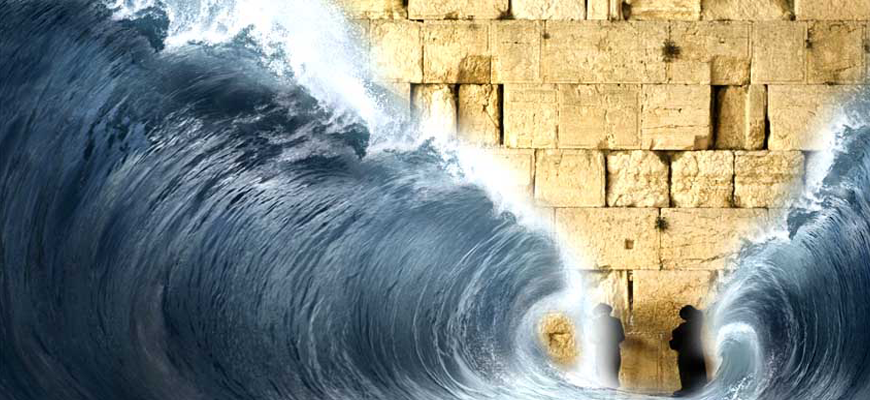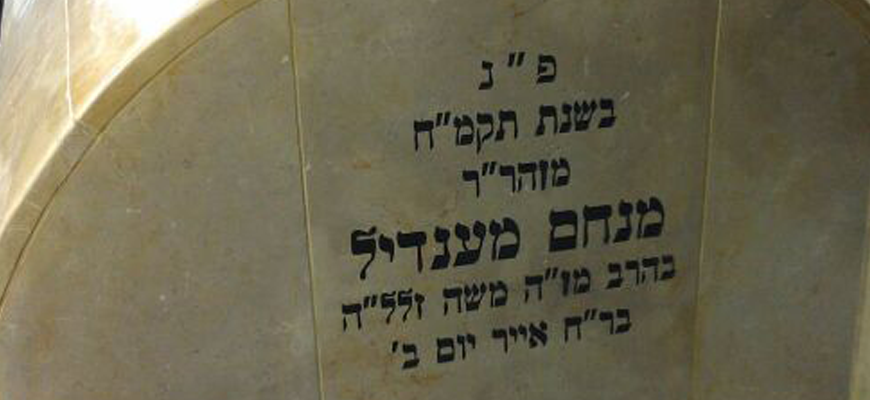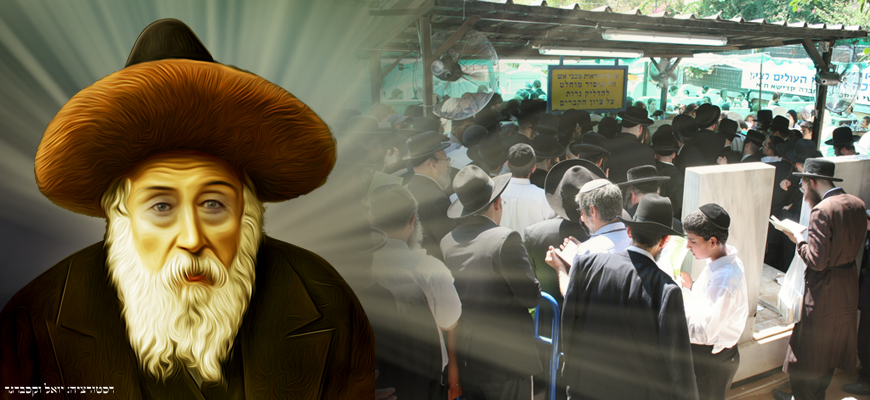10 landmarks from the life of The Lubavitcher Rebbe:
- Rabbi Menachem Mendel Schneerson was born on April 5, 1902 (11 Nissan, 5662) in the Black Sea port of Nikolaev in the Russian Empire.
- His father was rabbi Levi Yitzchak Schneerson, a renowned Talmudic scholar and authority on Kabbalah and Jewish law. His mother was Rebbetzin Chana Schneerson. He was named after the third Chabad rebbe Menachem Mendel Schneersohn, the Tzemach Tzedek, from whom he was a direct patrilineal descendant.
- As a child, Menachem Mendel studied Torah with his father who invested a lot in him studying sacred studies in addition to Hassidic studies. In 1909, Rabbi Levi Yitzchak received an offer to serve as rabbi of the city of Yekaterinoslav and as a result the family moved to live in the city where the father served as rabbi of the community.
- In Yekaterinoslav, Rabbi Levy Yitzhak hired his son a private tutor and chose for this purpose Rabbi Schnior Zalman Vilenkin. For about a quarter and a half years, the teacher dedicated himself to teaching the boy Menachem Mendel a Pentateuch with Rashi, Prophets and Scriptures, Mishnah and Gemara. When the boy reached the age of 11, his father added another teacher who taught the boy Torah, Kabbalah and Chassidut.
- It is interesting that Rabbi Levy Yitzchak believed that the boy should also have Limuday Chol at the same time as his Torah studies and hired him a private teacher to prepare him for studies in preparation for the matriculation exams. It was just the beginning of general education studies that continued with studies at Leningrad University, and in the future when he moved to Berlin (1927) he continued with Torah studies alongside university studies.
- In the winter of 1923, the young Menachem Mendel met for the first time Rabbi Yosef Yitzchak Shneerson who was the sixth Chabad Rebbe. The Rebbe invited the young man to spend the summer with him (in the resort town of Kislovodsk). The young Menachem Mendel became very close to the Rebbe and he wanted to marry him to his daughter Chaya Moushka. when he studied mathematics and engineering at the University of Leningrad, he lived in the Rebbe’s house. In 1928, they married in the city of Warsaw, in Poland. With his wife, they moved to Berlin where Menachem Mendel continued to study Torah alongside studying physics, philosophy and mathematics.
- In 1933, the young family moved to Paris, where Rabbi Menachem Mendel completed his electrical engineering studies. On July 24, 1937, he received an electrical engineer degree and continued to study exact sciences and mathematics at the well-known “Sorbonne” university. Throughout his stay in Paris, the Rebbe wrote about Torah innovations and Hasidic customs that he saw in his father-in-law’s house. These lists were discovered only after his death. During the occupation of France by the Nazis, Menachem Mendel and his wife Chaya Mushka escaped from France and managed to get to New York-USA to the house of his father-in-law Rabbi Yosef Yitzchak Schneerson who lived in the Chabad center in Crown Heights neighborhood in Brooklyn.
- The Rayatz loved and adored his son-in-law and often told his followers that Reb Menachem Mendel was very knowledgeable in the Babylonian and Jerusalem Talmud in Rishonim and Achronim and that he conducted Tikkun Chatzot every night. This explains the Rebbe’s move to entrust his son-in-law with managing the central institutions of the Chabad movement, with an emphasis on educational matters, the publishing of books by Ka’at and the chief editor of the Rebbe’s writings. During the war, Rabbi Menachem Mendel volunteered to work as an electrical engineer on ships in the US Navy that ported in New York port. In 1947 he went to Paris to meet and visit his mother who managed to get out of the Soviet Union and bring her to the USA.
- When the Rayatz died, Rabbi Menachem Mendel was offered the position of the seventh Rebbe and he refused. The Hassidim who knew and understood his greatness in the Torah and his ability to lead, did not stop pressuring him to accept him to lead the Lubavitch Hassidism. In practice, the Hassidim treated Rabbi Menachem Mendel as their rabbi. On the first anniversary of his father-in-law’s death, Rabbi Menachem Mendel recited a Hasidic article under the title: “באתי לגני אחותי כלה” in fact this was his statement to accept the burden of the Chabad leadership and thus became the seventh Rebbe in the Lubavits dynasty.
- The canvas is very short to describe and recount all the great and profound works of the Lubavitcher Rebbe. His efforts to bring our people closer to the sources and to observe the mitzvot. Tefillin placing operations, Shabbat candle lighting, gatherings of tens of thousands of young people all over the world and much more. The most well-known initiative of the Rebbe is the network of The Shluchim spread out in every corner of the world. The Rabbi’s influence was beyond the spheres of Chabad Hasidism.
World leaders appreciated his actions and the Chanukkah candle lighting ceremonies in their places was just a symbol of reason. His talks and instructions were a commandment not only to his followers. The endless lines (hours upon hours) in which the Rebbe received audience and many thousands of people for blessing and to recive the dollar as an education for the mitzvah of charity were a living testimony for the revered leader of the jewish people.
On 3rd of Tammuz 1994, the Rebbe returned his soul to his Creator (21 years ago), thousands of his followers will gather near his holy grave in Brooklyn, New York.








